Aging Diagnostics 1.0

Imagine that you are over 40 and you come to the doctor to find out about yourself. The doctor examines you and says that there are no specific pathologies: “all indicators are within the age norm, and what you want is getting old, not a girl already.” That is, the doctor does not see the problem that you begin to slowly show signs of age-related diseases.
The fact is that medicine does not yet consider aging to be a disease, while scientists believe, arguing that, like any disease, aging must be diagnosed and treated.
Of course, when you are over 40, your aging is already in full swing. The sooner you do it - and at 25 it’s not too early - the more likely it is to postpone it for later, and then, you see, artificial intelligence will somehow help.
Aging does not have one triggering mechanism; aging gradually - and at first imperceptibly - captures the entire body, consistently incapacitating organs and systems. Ultimately leading to death.
What first of all do we need to understand in the face of aging?
What we see outside as signs of aging and feel inside as age is already late and obvious manifestations of long-running intracellular processes that could be caught at the very beginning, long before the unfolded clinical picture of old age appeared.
Aging signaling pathways
The cells are aging, the organs are aging, we are aging. Aging is caused by many molecular processes, signaling cascades. These signals are called biomarkers of aging. They are the early forerunners of old age, the first signs of a big problem.
These signal markers are detected as a result of simple or complex laboratory tests. Having passed the tests, we can diagnose the earliest stage of aging in ourselves and begin to treat it with geroprotectors, agents that correct aging.
We want to present you with an accessible informative panel of 30 biomarkers by which you can determine the condition of the body and try to find suitable geroprotectors that will slow down the aging process.
The peculiarity of this panel is that it combines biochemical (IGF-1, vitamins B12 and D, insulin, ferritin, glycated hemoglobin, homocysteine, triiodothyronine (T3), thyroxin (T4), alanine aminotransferase (ALT), creatinine, uric acid , lipidogram, C-reactive protein, glucose tolerance test (GTT) and functional tests (ECG and ultrasound duplex scanning of the carotid arteries with determining the thickness of the intima-media complex (CIM)), and focused on assessing the state of the body in terms of associated with aging sick vany - diabetes, cancer, atherosclerosis, neurodegeneration and sarcopenia.
We do not set ourselves the task of determining a certain biological age of a person, we look at which causes of death are most likely for a given person, and we are trying to slow down the negative processes. In addition, the diagnosis of aging allows an assessment of the quality of the intervention to slow down aging and adjust the therapy if necessary.
How to diagnose human aging?
It is necessary to find out the values of the parameters, the change of which increases or decreases the probability of death. First of all, it is necessary with the help of ultrasound to find out the thickness of the inner walls of blood vessels. Wall thickness - an indicator of the age of blood vessels. Thickening of the vascular walls is associated with inflammation, accumulation of "garbage" and the formation of cholesterol plaques. In the future, a blood clot may appear in the vessels, which will lead to a stroke or heart attack. Namely, diseases of the cardiovascular system are the main cause of death worldwide.
Ultrasound duplex scanning of the carotid arteries with the determination of the thickness of the intima-media complex (KIM)
This is a modern method for the diagnosis of blood vessels, which is used to evaluate the anatomy of blood vessels, the lumen of arteries and the condition of the wall.
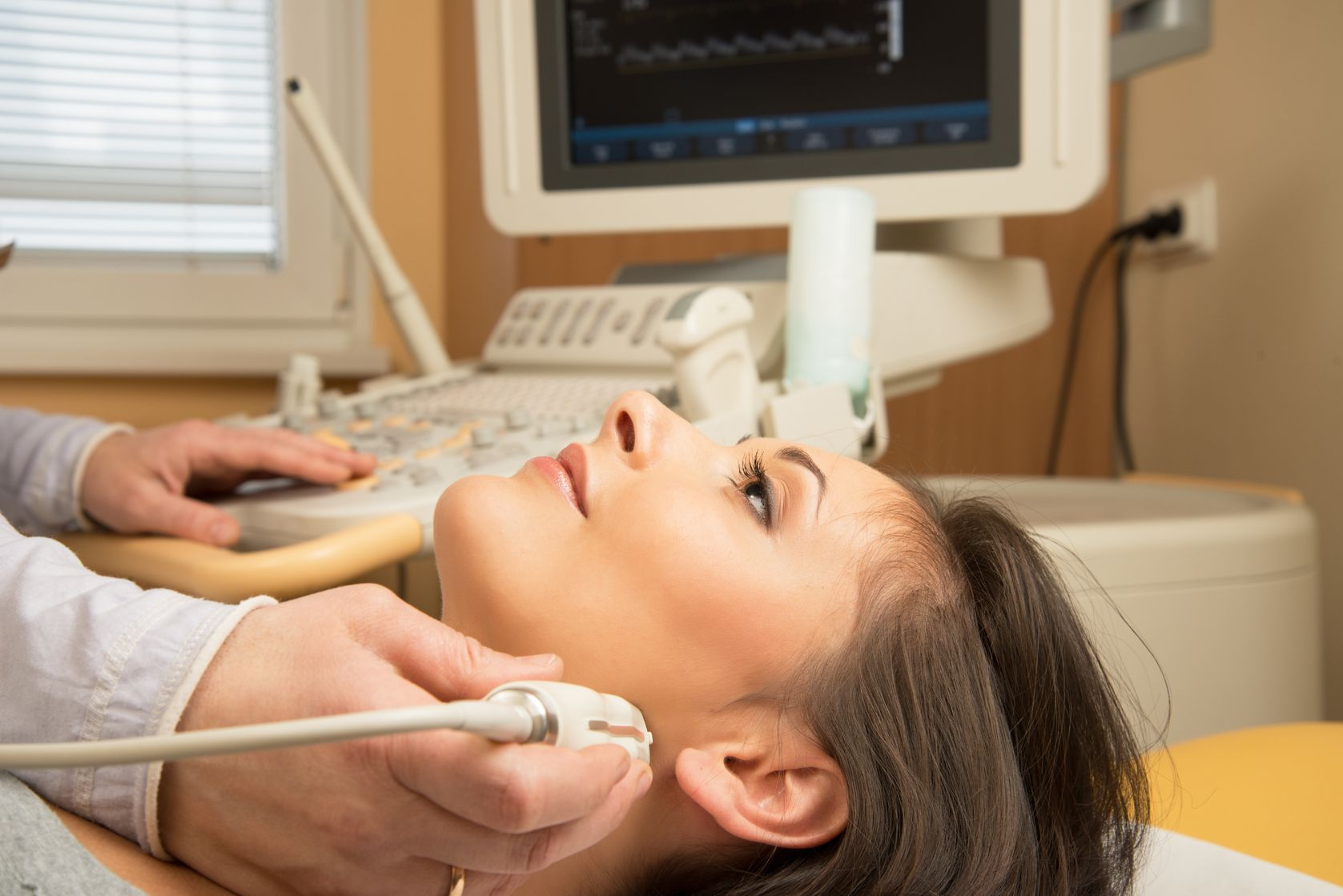
Wall thickness is one of the most important indicators of arterial age. The narrower the lumen in the vessels, the worse the blood flows through the vessel, respectively, all the organs and systems of the body are supplied with blood worse.
The thickness of the carotid intima-media complex increases with age. Up to 25 years, its value, as a rule, is no higher than 0.6 mm, but by the age of 45, on average, it exceeds 0.8 mm. And in some cases, the thickness of the CMM can reach 0.8 mm in men, even at the age of 25–34 years.
Increasing the thickness of the carotid intima-media complex by only 0.1 mm statistically significantly increases the risk of heart attack by 15% and the risk of brain stroke by 18%, taking into account the corrections for age and sex. The likelihood of impaired brain function rises, from a light cognitive impairment to Alzheimer's disease.
High values of CMM thickness are associated with diabetes, obesity, hypertension and other manifestations of the metabolic syndrome, as well as with insulin secretion and even with the presence of stones in the gall bladder.

Original image: Fats of Life
Also, this indicator can predict the likelihood of death from cardiovascular disease and death from all causes. Atherosclerosis is diagnosed when the thickness of the middle and inner walls of a CMM vessel is 1.0 mm. But at the same time, even with a value of 1.2 mm, you may not be prescribed treatment, referring to the age norm. Even with a CMM thickness of 0.7 mm, it makes sense to take action. The smaller the value of this marker, the better.
Publications on the topic:
- Diagnostics of aging (determination of the rate of aging and risks of mortality) // Nestarenie.ru
- Grosor íntima-media carotídeo en sujetos cardiovascular disease
- Prediction of the cardiovascular events with carotid intima-media thickness: a systematic review and meta-analysis
- Markers for the risk of progression from mild cognitive impairment to Alzheimer's disease
- Carotid atherosclerosis and cognitive decline in patients with Alzheimer's disease
- Mortality in the wilderness of the people of Hokkaido County (LILAC) study
- Influence of pentobarbital and chloralose on metabolic and hemodynamic changes in liver ischemia
- Normative and mean carotid intima-media thickness values according to the Namwon study
- Beta-cell function is associated with carotid intima-media thickness
- Gallstones are Associated with Intima-Media Thickness of Common Carotid Arteries in Men
Insulin-like growth factor (IGF-1, somatomedin C)
It is a hormone that is produced in the liver and muscles and mediates growth hormone (somatotropic hormone). IGF-1 is a powerful stimulator of cell growth and proliferation.
High levels of IGF-1 provoke excessive growth of various human tissues, thereby significantly increasing the risk of some types of cancer and the level of mortality from cancer. For many people, IGF-1 is often elevated beyond the norm, therefore reducing its level to normal values is necessary in order to prevent and even treat cancer, as well as cardiovascular and other diseases.
But not only the high level of IGF-1 is dangerous. Lower rates are also associated with high mortality.
Many scientific studies have shown: optimizing the level of IGF-1 increases life expectancy. The reference rate in laboratories is from 110 to 230 ng / ml and above. This is the average for the whole population. If we are guided by it, then we will come to the average life expectancy for a given population, instead of seeking the best indicators for each individual person. Therefore, it is recommended that the level of IGF-1 be kept within 100–130 ng / ml.

Molecular structure of human IGF-1
To reduce the level of IGF-1, you can use a diet simulating starvation (Fast Mimicking Diet, FMD).
Publications on the topic:
- Low insulin-like growth factor-1 level predicts survival in humans with exceptional longevity
- IGF system in cancer:
- The development of progression
- IGF-1R as an anti-cancer target — trials and tribulations
- IGF-I levels both low and high serum associate with cancer mortality in older men
Vitamin B12
This is a vitamin necessary for the normal formation and maturation of red blood cells, for the development and life of nerve cells (including the brain), for DNA synthesis. It protects the telomere length. Vitamin B12 deficiency shortens life and causes irreversible brain damage, as well as Alzheimer's disease.

The reference rate of B12 in the blood is 300–900 ng / ml, which does not always reflect the presence of a real deficiency, as part of the vitamin may be inactive, or folic acid may accumulate in the blood.
Therefore, the value of vitamin B12 should be at least 550 ng / ml.
A more accurate marker of B12 deficiency is a urine test for methyl malonic acid . Increased homocysteine is also an indirect marker. Plus, if serum albumin is above 46 g / l, then this most likely means that B12 does not reach the brain as high albumin reduces the level of megalin protein (glycoprotein) responsible for transporting B12. In addition, obesity and high blood pressure are associated with a decrease in megalin; high albumin consumption of vitamin A leads to an increase in albumin and a decrease in megalin.
It is possible to reduce elevated above normal levels of albumin using low-calorie food , as well as metformin , a type 2 diabetes medicine, which is planned to begin clinical studies as a life-prolonging drug this year.
Publications on the topic:
- Vitamin B12 and the extension of human life
- Multivitamin use and telomere length in women
- Are B12 limits too low?
- Serum and cerebrospinal fluid vitamin B12 levels in patients with CH3-B12 treatment - preliminary study
- The pathophysiology of elevated vitamin B12 in clinical practice
Vitamin D
It belongs to the group of fat-soluble compounds responsible for increasing the degree of absorption of calcium, magnesium, phosphates and zinc in the intestine, as well as for many other biological effects.
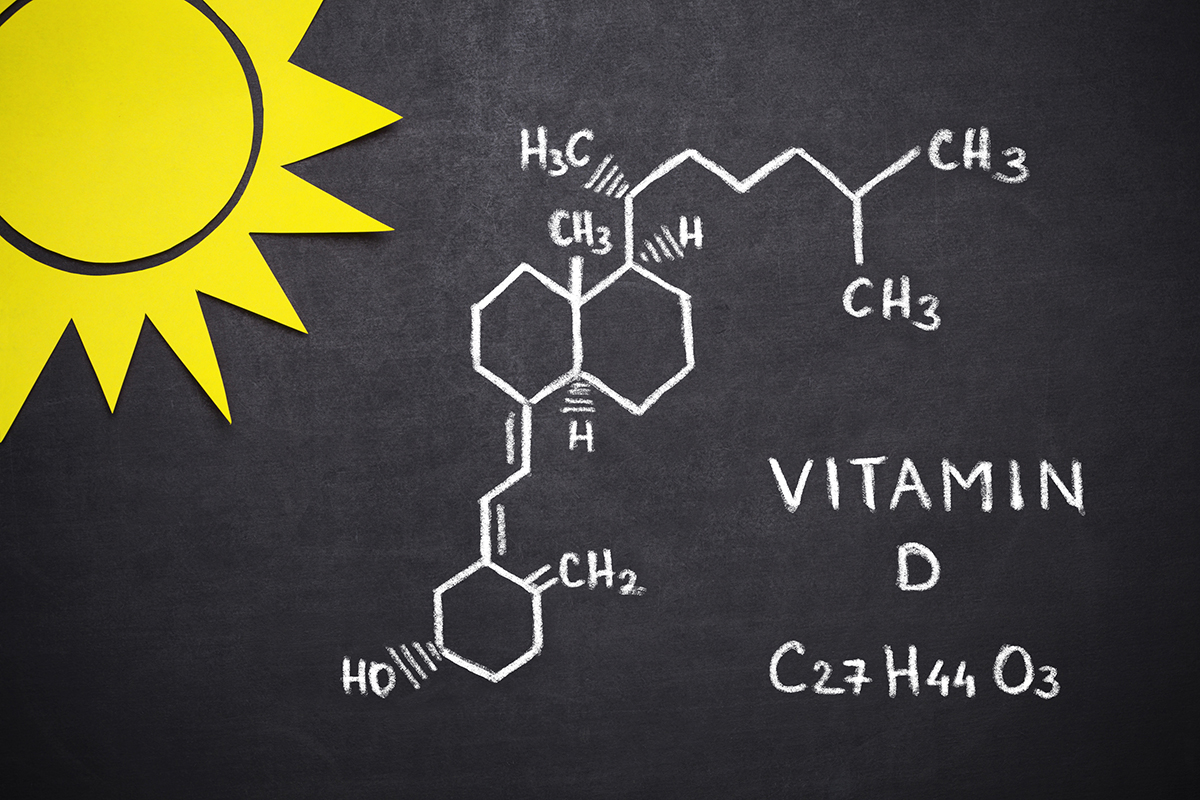
Vitamin D deficiency increases the likelihood of developing cardiovascular diseases, osteoporosis and atherosclerosis. In old age with vitamin D deficiency, cancer tumors become more frequent and life expectancy is reduced. Vitamin D deficiency also accelerates brain aging.
Modern research shows the ability of vitamin D to prolong people's lives.
Vitamin D stimulates autophagy, protects the length of telomeres, reduces the risk of many age-related diseases in old age, and prevents many types of cancer.
Reference values for vitamin D3: 30–60 ng / ml.
Publications on the topic:
- Vitamin D inhibits human aging
- Vitamin D Supplementation in the United States of America for Osteoporosis and Osteoarthritis (ESCEO)
- Effects of vitamin D supplementation on the body. A systematic review with meta-analysis
- Vitamin D supplementation for depressive symptoms: a systematic review and randomized controlled trials
- Vitamin D, Vitamin D Receptor, and Macroautophagy in Inflammation and Infection
- Autophagy induction by vitamin D inhibits both mycobacterium tuberculosis and human immunodeficiency virus type 1
Insulin
Polypeptide hormone produced by beta cells of the pancreas. It promotes the uptake of glucose by the cells of all tissues. Insulin peaks that are too high are factors of insulin insensitivity leading to type 2 diabetes. The analysis is done to diagnose diabetes, with obesity, with suspected pancreatic tumor.
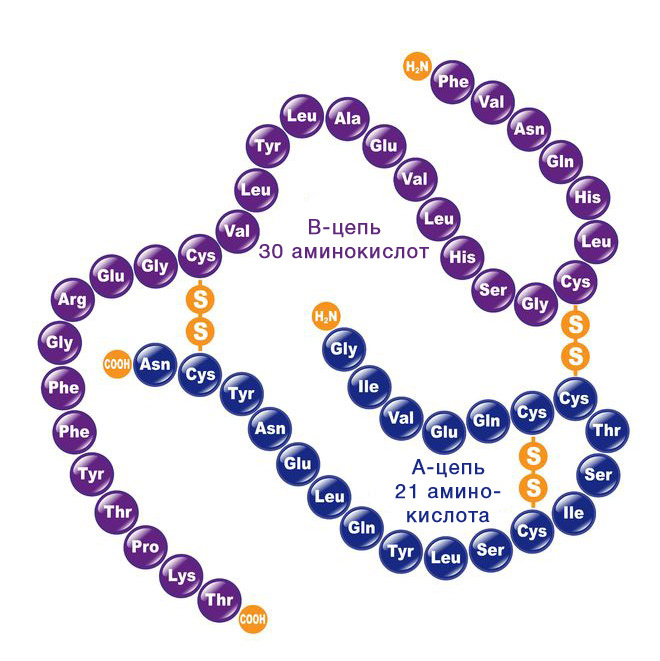
Reference values: 2.6–24.9 MCU / ml.
As a result, it is important to calculate the insulin resistance index in order to start treating pre-diabetes in time. And above all, to prevent diabetes, it is important to lose weight.
Ferritin
Complex compound containing iron hydroxide and protein. Ferritin is the main protein depositing iron, and serves as an indicator of iron stores in the body. Serum ferritin shows well the level of total iron in the blood. Interestingly, the concentration of ferritin increases dramatically with infections, inflammatory reactions (increased inflammatory markers — C-reactive protein and interleukin 6) or cancer.

Ferritin values below 40 ng / ml are associated with cardiovascular diseases, with a level above 50 ng / ml in women, the likelihood of all types of cancer increases, and above 80, the risk of breast cancer increases dramatically.
The ranges of ferritin values may vary in different laboratories, but, as a rule, the rate is between 30–300 ng / ml (= µg / L) for men and 18–115 ng / ml (= µg / L) for women .
Publications on the topic:
- The more iron in the blood, the higher the risk of cancer
- Ferritin // WebMD
- The response of the ferritin to LPS and the acute phase of Pseudomonas infection
- Individual tests for iron deficiency
Glycosylated hemoglobin
Biochemical indicator of blood, reflecting the average blood sugar level over a long period (up to three months). A blood test for glycated hemoglobin is important for diagnosing diabetes and monitoring its treatment.
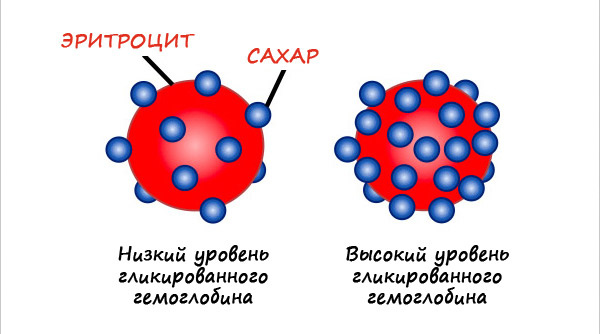
By analyzing glycated hemoglobin, it is possible to find out how quickly the body processes of accumulation of the final glycation products (CNG) take place. The gradual accumulation of CNG with age in the walls of blood vessels and in the heart causes the formation of cross-links, which leads to a loss of elasticity of the vessels and the heart.
Since CNGs are triggers of inflammation, they cause type 2 diabetes, Alzheimer's disease, cataracts, cancer and other diseases.
Reference values: 4.8–5.5%.
Triiodothyronine (T3)
Thyroid hormone, which is the most active of the two main hormones. Triiodothyronine regulates the rate of oxygen consumption by tissues, stimulates protein synthesis, gluconeogenesis and glycogenolysis (which leads to an increase in blood glucose concentration), lipolysis, motor function of the intestine, enhances catabolism and cholesterol excretion, promotes the synthesis of vitamin A and the absorption of vitamin B12 in the intestine, bone growth, production of sex hormones.

Thyroxine (T4)
The second of the two main hormones of the thyroid gland, whose main function is the regulation of energy and plastic metabolism in the body.
Thyroxin and triiodothyronine in the blood plasma gradually decrease with age, and also sharply reduced in people with hypothyroidism. Artificial administration of thyroid hormones dramatically increases the activity of endogenous interferon, and as a result - helps strengthen the human immune system and prolong life.
Reference values:
T3 total: 1.06–3.14 nmol / l
T4 total: men - 60.77–136.89 nmol / l; women - 71.23–142.25 nmol / L.
Publications on the topic:
- Recovery of spleen cell natural killer activity
- Thyroxine-dependent modulation of natural killer activity
C-reactive protein
This is a very sensitive element of the blood, faster than others reacting to damage to body tissues. The presence of C-reactive protein in the blood is a sign of an inflammatory process. High levels of C-reactive protein greatly increase the risk of sudden death from heart disease.
If the level of C-reactive protein is higher or equal to 1 mg / l, then it is necessary to look for the cause of inflammation.
Publications on the topic:
- Inflammation of the adult population: the Cardiovascular Health Study
- High-sensitivity C-reactive protein and interleukin-6-dominant inflammation and ischemic stroke:
Uric acid
The product of the exchange of purine nucleosides that make up nucleic acids (RNA and DNA). It is synthesized in the liver and in the form of sodium salt is contained in the blood plasma. Uric acid removes excess nitrogen from the human body. For the removal of uric acid from human blood are the kidneys.

Elevated levels of uric acid in the blood may increase the risk of gout and kidney failure. Uric acid is associated with many risks and overall mortality (primarily with CVD mortality). Excess uric acid is a poison for the body. The concentration of uric acid also increases alcohol and heavy consumption of fructose.
Reference values reflecting the lowest risk of CVD mortality:
Males - 202.3–363 μmol / l;
Females - 142.8–280 µmol / L.
Creatinine
The final product of protein metabolism. Creatinine is formed in the liver and then released into the blood, is involved in the energy metabolism of muscle and other tissues. Creatinine is excreted from the body by the kidneys with urine, therefore creatinine is an important indicator of kidney activity.
High creatinine is an indicator of abundant meat diets (if elevated in blood and urine), renal failure (if elevated only in blood). Creatinine level increases with dehydration, muscle damage, physical exertion, as well as during the reduction of the glomerular filtration rate of the kidneys.
A low level is observed with reduced consumption of meat, a vegetarian diet and fasting, in the I and II trimesters of pregnancy.
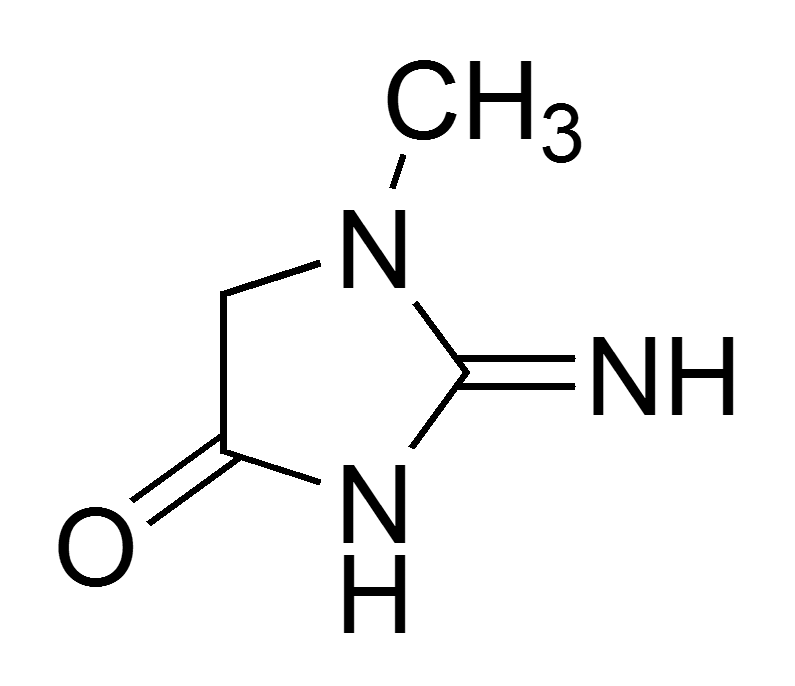
Norm of creatinine in the blood:
Women - 44.0–80.0 µmol / L;
Males - 74.0–110.0 µmol / L.
Alanine aminotransferase (ALT)
Intracellular enzyme involved in the metabolism of amino acids. With the destruction of cells, as a result of the defeat of any organ, ALT enters the bloodstream, representing an important diagnostic indicator.
ALT is a clinical marker of hepatotoxicity (a complication of the liver) - one of the most common and serious side effects in the treatment of various drugs.
Normal values of this marker will indicate that the liver is healthy, and therapy is well tolerated and does not harm. In addition, a decrease in this indicator with age reflects the degree of liver aging due to the death of hepatocytes.
Reference values:
men - from 17 to 41 U / l;
women - from 17 to 33 U / l.
Publications on the topic:
- Diagnostics of aging (determination of the rate of aging and the risks of mortality)
- 'Hy's law,' the 'Rezulin Rule,' and other predictors of severe drug-induced hepatotoxicity: putting risk-benefit into perspective
Electrocardiography (ECG)
Method for studying the heart muscle by registering the bioelectric potentials of the working heart. ECG is the main method in the diagnosis of diseases of the cardiovascular system.
Conducting an ECG under load can detect hidden problems that occur only with the active work of the heart. This procedure is testing with increasing load, which makes it possible to see deviations from the norm and record a number of important parameters that will help to understand the causes of the pathology. For the diagnosis, they use either physical exercise (walking on a treadmill, riding a stationary bike), or special medications that force the heart to work under stress.

Diseases of the heart and blood vessels - the main cause of death in old age. And to start a timely treatment, you need to systematically make an ECG of the heart.
Homocysteine
This is an amino acid that is synthesized from methionine. Elevated levels of homocysteine is one of the main factors causing dangerous diseases of the heart, brain, and aging of the person as a whole.
The health of our heart directly depends on the amount of homocysteine in the heart muscle and in the blood vessels. When it becomes too much in the blood vessels, it may be due to a malfunction of the kidneys (the kidneys poorly remove homocysteine) and vitamin B12 deficiency (with vitamin B12 deficiency, there is an irreversible damage to the cells of the nervous system). It is the high level of homocysteine associated with systemic inflammation.
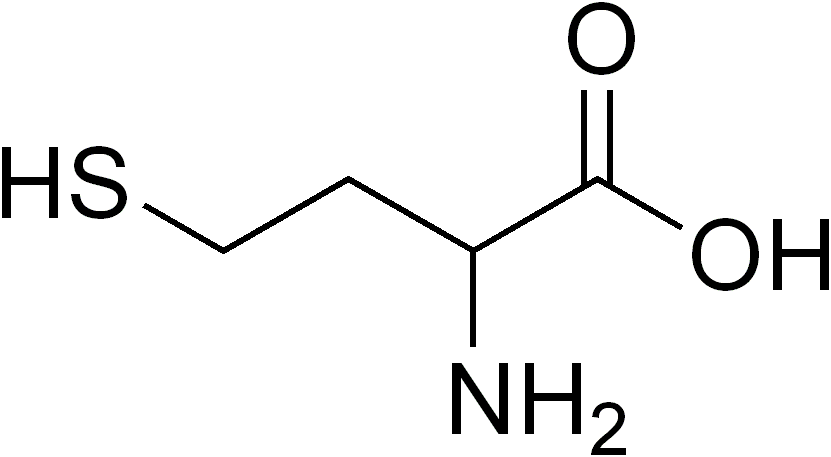
The low level of homocysteine helps maintain good memory, high mental and physical performance, inhibits the rate of aging of the body.
At the same time, checking the level of homocysteine during normal blood donation in the morning on an empty stomach may not provide accurate information about the body's ability to break down methionine, since at this time it is at its lowest level during the day.
When assessing the ability of an organism to metabolize homocysteine, instead of a standard fasting analysis, it is recommended to conduct a stress test, in which blood is taken after loading with methionine.
A homocysteine stress test is also performed on an empty stomach. First, blood is taken to determine the initial level of homocysteine. Then methionine is taken in a dose of 25–100 mg / kg, and blood is taken again after 3-4 hours. People with a normal level of homocysteine on an empty stomach after the load with methionine often have disorders. Using this method, you can more accurately identify a violation of methylation.
The recommended level of homocysteine is below 7 µmol / L.
Cholesterol, LDL, HDL, triglycerides
Cholesterol is a chemical substance related to lipids and plays an important role in the body: it is part of the cell membranes, and also steroid hormones and bile acids are synthesized from it. Increasing the concentration of cholesterol in the blood does not cause any symptoms in itself, but can threaten the development of atherosclerosis.
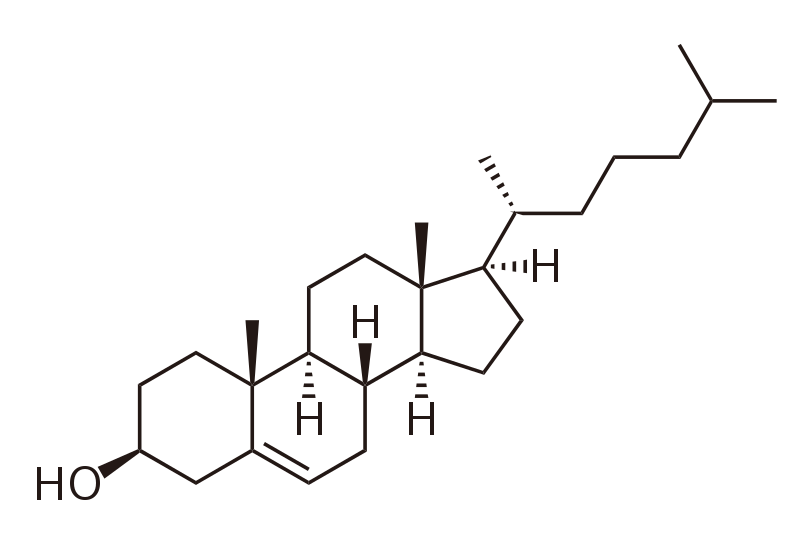
What is important is not the level of total cholesterol, but the ratio of HDL to LDL.
High-density lipoproteins (HDL) is a class of plasma lipoproteins with antiatherogenic properties, since a high concentration of HDL significantly reduces the risk of atherosclerosis and cardiovascular diseases.
Low density lipoproteins (LDL) is a class of blood lipoproteins that is the most atherogenic. With an increase in their concentration, the risk of atherosclerosis increases.
Thus, if HDL and LDL are normal - the vessels tend to be gradually cleared. But if LDL is higher than normal, and HDL is lower, then this means that atherosclerosis probably progresses in the body.

Triglycerides - fats, one of the main sources of energy for the cells of the body. Increasing their level increases the risk of heart disease and blood vessels, as well as the risk of developing acute pancreatitis. The rates depend on the person’s age and gender.
Triglyceride itself does not affect the vessels, its level is only an indicator.
Total cholesterol: from 3.6 mmol / l to 7.8 mmol / l. WHO recommends a cholesterol level of less than 5 mmol / L.
HDL: men - 0.72–1.63 mmol / l, women - 0.86–2.28 mmol / l.
LDL: men - 2.02–4.79 mmol / l, women - 1.92–4.51 mmol / l.
Glucose Tolerance Test (GTT)
Laboratory method of research, which allows to diagnose various disorders of carbohydrate metabolism, such as diabetes, glucose tolerance disorders, fasting glucose.
The test is conducted in the morning on the background of not less than 3-day unlimited food (more than 150 g of carbohydrates per day) and normal physical activity.
The last evening meal should contain 30-50 g of carbohydrates. After a blood test on an empty stomach, 75 g of anhydrous glucose should be taken (no more than 5 minutes). Then, blood is drawn at five points every 30 minutes with the determination of the hyperglycemic and postglycemic coefficient.
It should be remembered that if the fasting blood glucose level exceeds 7.0 mmol / l, the oral glucose tolerance test is not performed, since such a blood glucose level itself is one of the criteria for making a diagnosis of diabetes.
Reference values 4.1–7.8 mmol / l
List of recommended biomarkers of aging with prices in Moscow laboratories and reference values Open Longevity 1.0
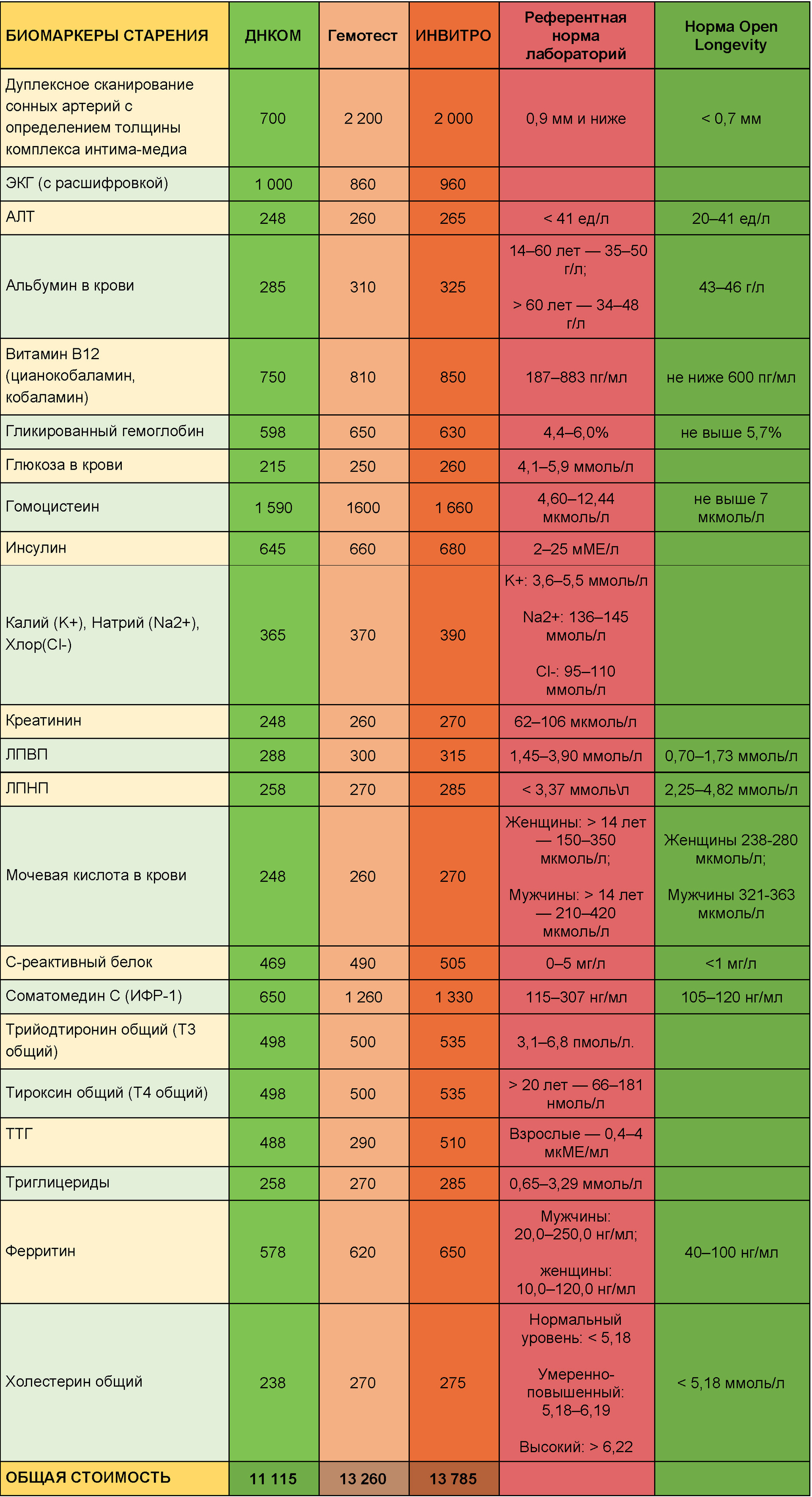
→ Accordingly, tests can be taken here .
The following also worked on the text: Oleg Polishchuk, Alexander Kolyada, Andrey Beloveshkin, Andrey Nikiforov, Ira Aktuganova. To be continued.
All Articles